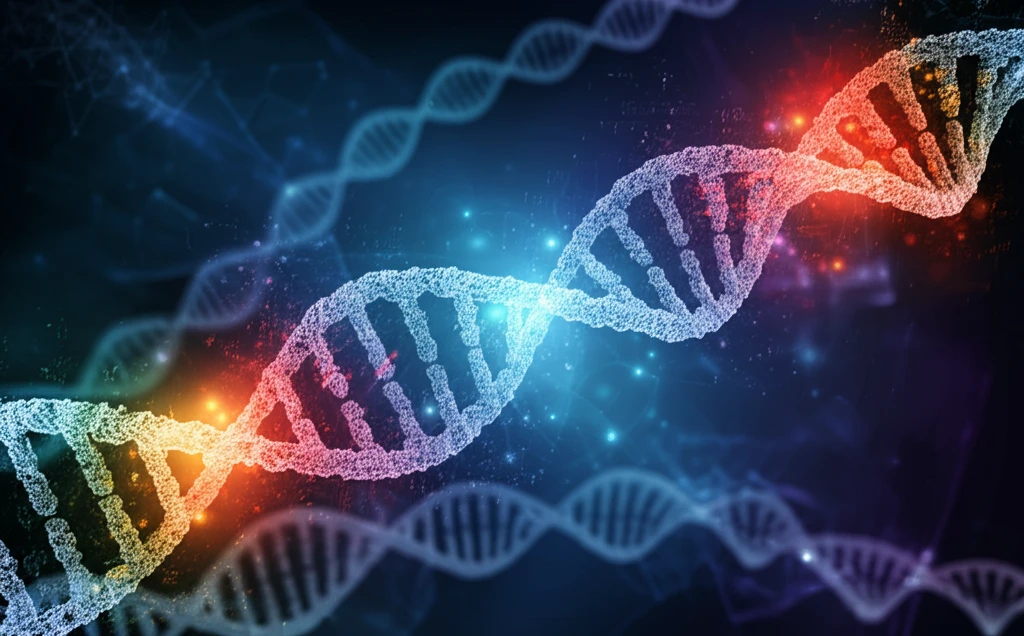
Decoding DNA Methylation: How Understanding Our Genes Can Lead to Better Health
"Unraveling the mysteries of DNA methylation and its potential as a key to innovative therapies"
Our genes hold the blueprint of life, but the story doesn't end there. Epigenetics, the study of changes in gene expression without alterations to the DNA sequence itself, adds another layer of complexity. Among epigenetic mechanisms, DNA methylation stands out as a critical regulator, influencing everything from development to disease.
DNA methylation involves the addition of a methyl group to a DNA base, typically cytosine. This seemingly small modification can have profound effects, altering gene activity and cellular function. Recent research has focused on understanding how DNA methylation patterns are established, maintained, and interpreted, revealing potential therapeutic targets for a range of conditions.
This article explores the fascinating world of DNA methylation, drawing from the insights of a key paper highlighting the MBD (methyl-CpG-binding domain) protein family. These proteins act as readers of DNA methylation, recognizing and binding to methylated DNA regions, thereby influencing gene expression. Understanding their role offers exciting possibilities for developing new therapies.
The MBD Family: Key Players in Reading DNA Methylation

The MBD family of proteins is crucial in interpreting DNA methylation signals. These proteins bind specifically to DNA regions where cytosine bases are methylated. By doing so, they recruit other proteins that can either silence or activate gene expression. This delicate balance is essential for normal development and cellular function.
- MBD proteins bind to methylated DNA.
- They recruit other proteins to regulate gene expression.
- Different MBD proteins have different roles.
- Understanding MBD proteins can lead to new therapies.
The Future of DNA Methylation Research
The study of DNA methylation is a rapidly evolving field with immense potential. As we deepen our understanding of how methylation patterns are established, maintained, and interpreted, we pave the way for innovative therapies that target the root causes of disease. While challenges remain, the promise of personalized medicine based on epigenetic profiles is within reach.
